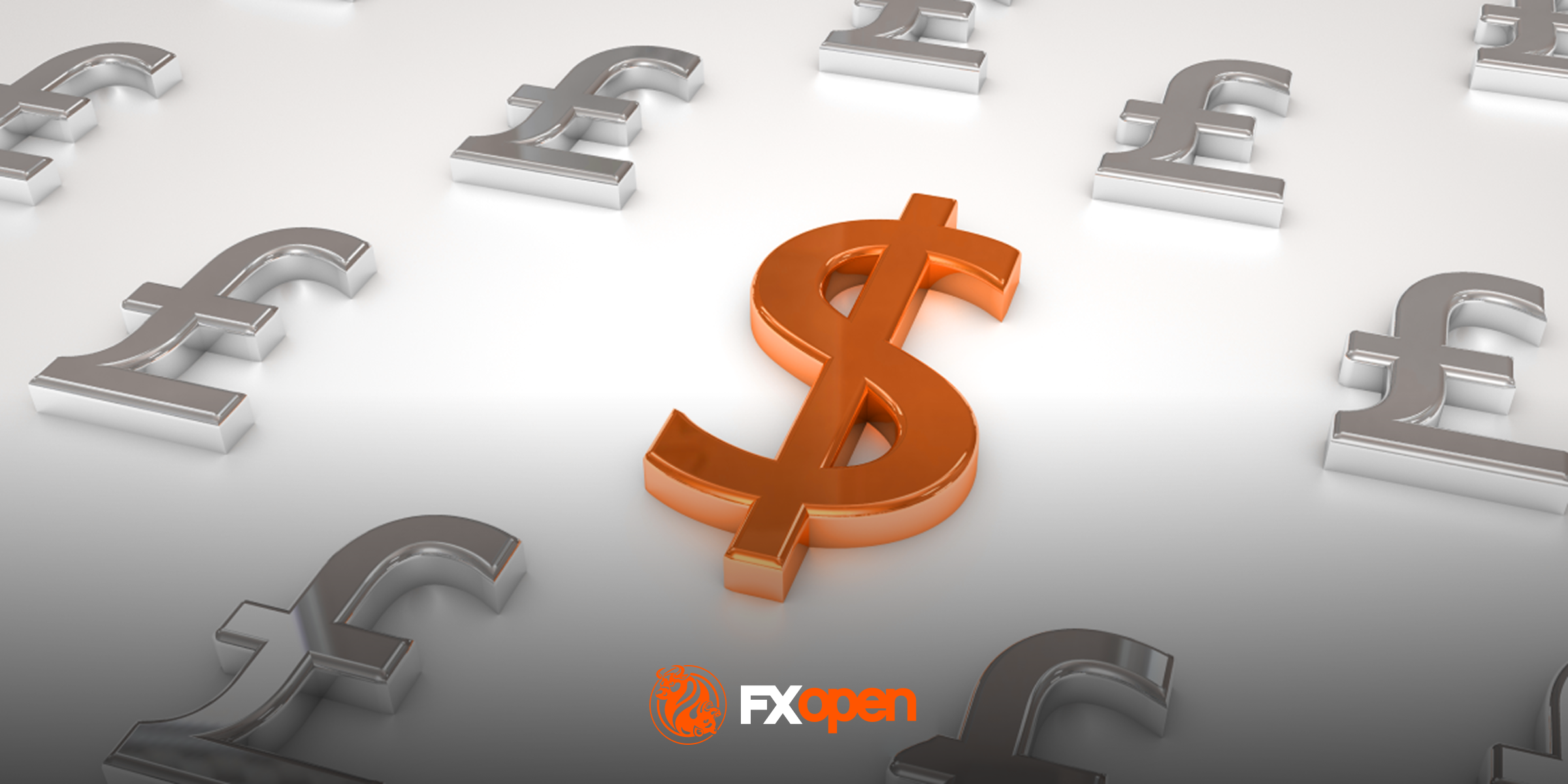FXOpen

High-Frequency Trading (HFT) has garnered significant attention due to its transformative impact on markets, reshaping the way they operate, influencing liquidity, price discovery, and overall efficiency. In this FXOpen article, we focus on high frequency forex and stock trading, its definition and its specific applications, pointing out the opportunities and challenges that this trading method presents.
High-Frequency Trading: An In-Depth Analysis
High-frequency trading represents a dynamic and swiftly evolving facet of the financial world. Understanding the basic HFT concept can help traders develop and employ advanced trading strategies.
Definition
At its essence, high-frequency trading is characterised by the swift execution of a substantial number of orders within exceptionally brief time intervals, often measured in milliseconds or microseconds. Traders engaged in HFT within the market leverage robust algorithms and state-of-the-art technology to scrutinise extensive sets of market data, facilitating swift and informed trading decisions. At the heart of HFT is its ability to harness even the slightest price differentials, allowing traders to take advantage of market inefficiencies that may elude traditional counterparts.
Key Features
The key attributes of high-frequency trading encompass remarkable speed, elevated order-to-trade ratios, and a dedicated focus on exploiting short-term fluctuations in the market. The primary objective is to execute a considerable volume of orders with precision, enabling traders to capitalise on momentary opportunities. This approach aligns with the broader domain of algorithmic trading, where pre-programmed instructions are believed to guide strategic decision-making for potentially efficient market participation.
HFT isn’t very common for retail traders. Usually, it’s done by institutional investors as this method requires significant funds and advanced software.
Strategies Employed in HFT Forex and Stock Trading
High-frequency trading encompasses a variety of strategies, each designed to exploit specific market conditions.
- Market Making involves the continuous quoting of buy and sell prices for currency pairs and stocks. HFT investors aim to capture the bid-ask spread swiftly, contributing to market liquidity. By providing liquidity, market makers facilitate seamless transactions on HFT trading platforms and play a crucial role in the efficient functioning of the markets.
- Order Flow Analysis: HFT traders analyse the order flow, seeking insights into the direction of large institutional orders. They may front-run these orders, quickly buying or selling to take advantage of subsequent price movements.
- Tick Scalping: This strategy involves making numerous small trades on tiny price fluctuations within milliseconds. HFT algorithms are designed to capture these minuscule movements.
- Machine Learning and AI: Advanced machine learning and AI techniques are increasingly used in HFT. These algorithms continuously learn from market data to refine strategies and adapt to changing market conditions.
Choosing the Right Tools in the High-Frequency Trading Landscape
The selection of the right tools is paramount for forex and stock traders, whereby several key components have to be considered.
Best High-Frequency Trading Software Can Unleash Algorithmic Power
At the heart of every high-frequency trading strategy lies powerful software designed to execute trades with speed and precision. The best high-frequency trading software incorporates advanced algorithms, machine learning, and artificial intelligence to analyse market data swiftly. These algorithms may help traders to make split-second decisions, leveraging the smallest market differentials. High-frequency trading software should also evolve quickly to meet the demands of modern traders. Such software cannot be launched on a regular PC.
High-Frequency Trading Brokers Should Facilitate Swift Execution
High-frequency trading brokers facilitate the rapid execution of trades and provide access to market liquidity. These brokers often offer low-latency connections, specialised infrastructure, and co-location services to minimise execution delays. The selection process involves the careful consideration of factors such as execution speed, fees, and reliability. High-frequency trading brokers typically offer integrated high-frequency trading apps that allow for real-time monitoring, instant decision-making, and swift trade execution. As the demand for flexibility and accessibility continues to grow, high-frequency trading technology has become an indispensable tool.
The Impact of High-Frequency Trading
High-frequency trading brings forth a dual-edged sword for forex and stock markets, with both advantages and concerns shaping its impact on financial markets. Striking the balance is essential for fostering a financial environment that encourages innovation while upholding the principles of transparency and fairness that retail traders rely on.
Advantages of HFT
One of the primary advantages of high-frequency trading is its positive impact on market liquidity. HFT strategies contribute to a continuous flow of buy and sell orders, which may ensure there is a ready market for traders to execute transactions. This increased liquidity may lead to narrower bid-ask spreads, benefiting market participants by reducing transaction costs.
Concerns and Criticisms
Critics argue that the speed and volume of HFT trades can be used to influence prices in a way that may not align with fair market practices. Strategies such as spoofing, layering, and quote stuffing have raised apprehensions about the integrity of market dynamics. HFT's role in the market has also been linked to increased volatility, especially during times of stress or uncertainty. The rapid execution of trades by algorithms responding to changing market conditions can amplify price swings, leading to concerns about stability.
Final Thoughts
Though institutional and professional traders are more likely to have the required financial resources to invest in cutting-edge high-frequency trading technology and infrastructure, retail traders can also take advantage of the HFT concept by researching the available options and understanding the market implications.
If you want to trade on traditional markets, you can open an FXOpen account and try out the possibilities on the free TickTrader forex and stock CFD trading platform.
This article represents the opinion of the Companies operating under the FXOpen brand only. It is not to be construed as an offer, solicitation, or recommendation with respect to products and services provided by the Companies operating under the FXOpen brand, nor is it to be considered financial advice.
Stay ahead of the market!
Subscribe now to our mailing list and receive the latest market news and insights delivered directly to your inbox.








